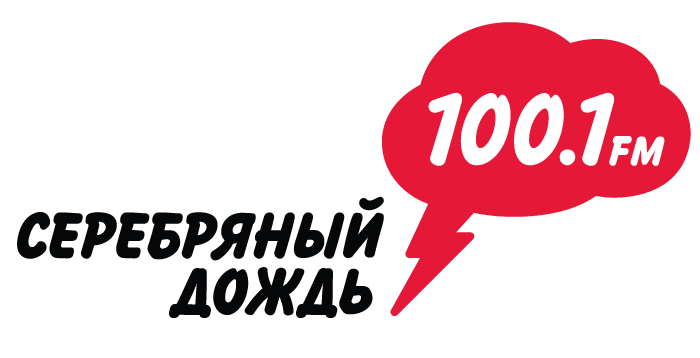Glam-Aesthetics of Power. A journey to North Korea
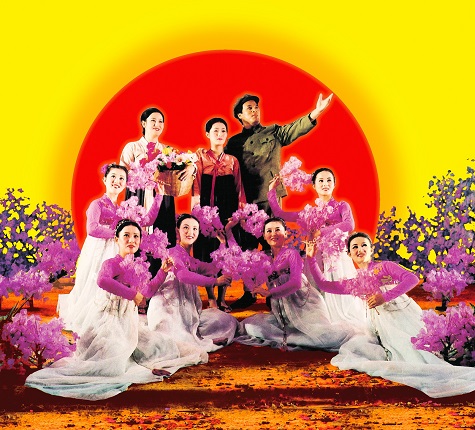
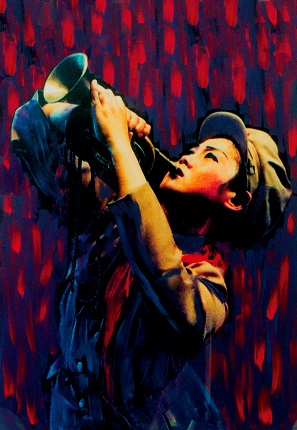

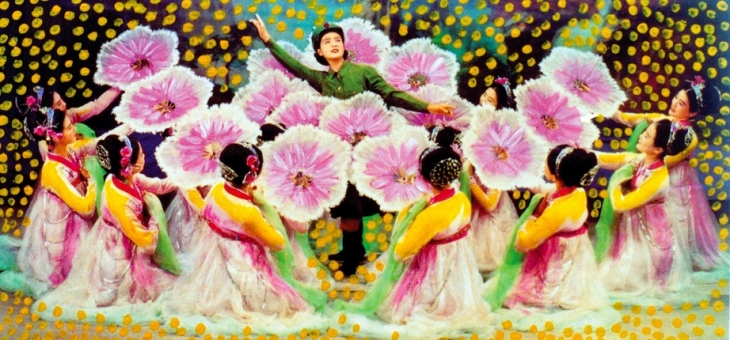
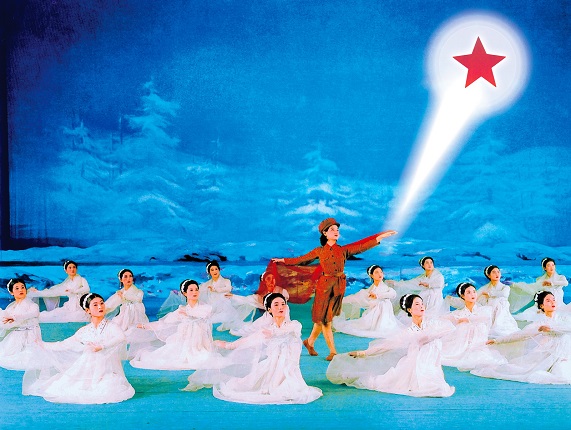
Pier Paolo Koss. RED SUN. 2000s Mixed media ©Pier Paolo Koss
Pier Paolo Koss. The Sound of Revolution. 2000s Mixed media ©Pier Paolo Koss
Pier Paolo Koss. One Million Parade. 2000s Mixed media ©Pier Paolo Koss
Pier Paolo Koss. The Heroes Dance. 2000s Mixed media ©Pier Paolo Koss
Pier Paolo Koss. Red Star Dance, 2000s Mixed media ©Pier Paolo Koss
Moscow, 13.02.2019—10.03.2019
exhibition is over
Central exhibition hall Manege
1, Manege Square (
www.moscowmanege.ru
Share with friends
For the press
MOSCOW CITY DEPARTMENT OF CULTURE
MULTIMEDIA ART MUSEUM, MOSCOW
PRESENT THE EXHIBITION
PIER PAOLO KOSS
GLAM-AESTHETICS OF POWER
JOURNEY TO NORTH KOREA
13 February 2019 — 10 March 2019
Strategic partner: Tele 2
As part of the XI Moscow International Biennale ‘Fashion and Style in Photography-2019’, the Multimedia Art Museum, Moscow presents an exhibition by celebrated Italian photographer, artist, director and choreographer Pier Paolo Koss.
His name is well known in Russia from several joint actions and performances with Sergei Bugaev ‘Afrika’, German Vinogradov and Vladimir Khudyakov in the mid-2000s.
Pier Paolo Koss was born in Valledoria (Italy) in 1959. He graduated from the Academy of Arts in Genoa. According to Koss, his work is based on traditions of the Italian Futurists and European Dadaists.
Pier Paolo Koss began working on his project ‘Glam-Aesthetics of Power’ in 1992, when the UNESCO International Dance Council (CID) invited him to participate as artist and official photographer for the European delegation attending the international conference on choreography and performing arts in Pyongyang.
This was a rare opportunity to visit the most tightly closed country in the world, which for many years has been ruled by a dynasty of communist ‘monarchs’: the founder Kim Il-sung was de facto leader of the Democratic People’s Republic of Korea from 1948 to 1994; after his death power passed to his son Kim Jong-il, who was succeeded in 2011 by Kim Il-sung’s grandson Kim Jong-un, now the country’s Supreme Leader. Meanwhile Kim Il-sung remains as the ‘Eternal President’ of the DPRK, while Kim Jong-un is ‘Eternal General Secretary of the Workers’ Party of Korea Central Committee’. These two leaders were mummified and their bodies preserved in a huge mausoleum.
Michel Foucault defined bio-politics as a system of government by which the dividing line between biological and social is erased so the state functions as a single organism. In accordance with the bio-political principles of Juche, the philosophy formulated by Kim Il-sung, the North Korean government has made discipline, control and collective responsibility into a lifestyle for all the people. Kim Il-sung became the personification of the very idea of power: his birthday is the main holiday of North Korea, and the country’s chronology has been officially readjusted to date from 1912, Kim Il-sung’s birth year. The constant presence of the leader’s image in their national consciousness is supported by a series of public representations of the authorities, which repeatedly embody and legitimise the rule of the Kim Il-sung dynasty.
The aesthetic appearance of the dominant ideology is provided by mass gymnastic parades where the participants demonstrate unbelievable synchronicity of movement, by fantastic multi-coloured theatrical performances and other spectacles developed from carefully orchestrated ‘bodigraphy’. The life of the country turns into a kind of ‘living picture’, a floral decoration of iridescent colours.
Koss uses his project to address the anthropology of political power and the choreography of anonymous human masses in a public space. At the same time he employs an ingenious strategy of hyperbolisation, exaggerating the official position imposed on him in his photographs. In this way he not only achieves duality in representing this ‘bodigraphy’, but also opens up new possibilities for interpreting the image of culture transmitted to external observers.

